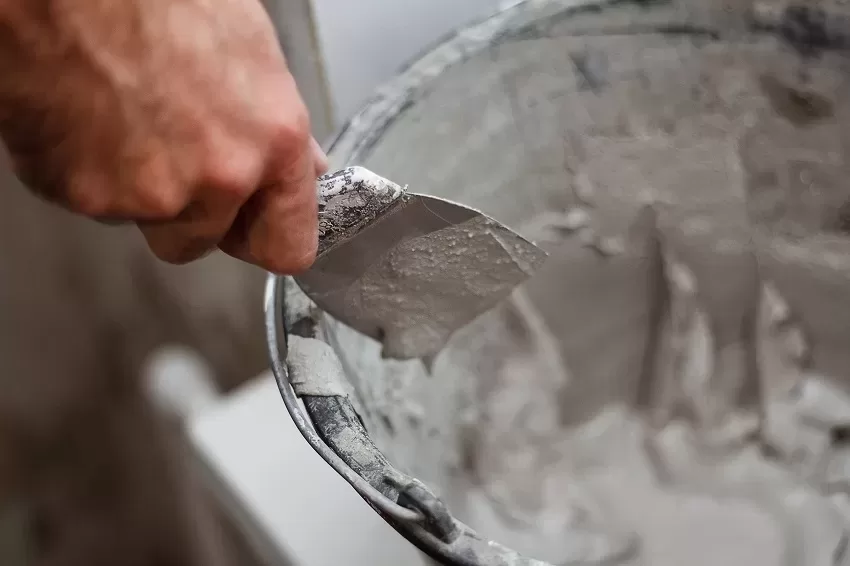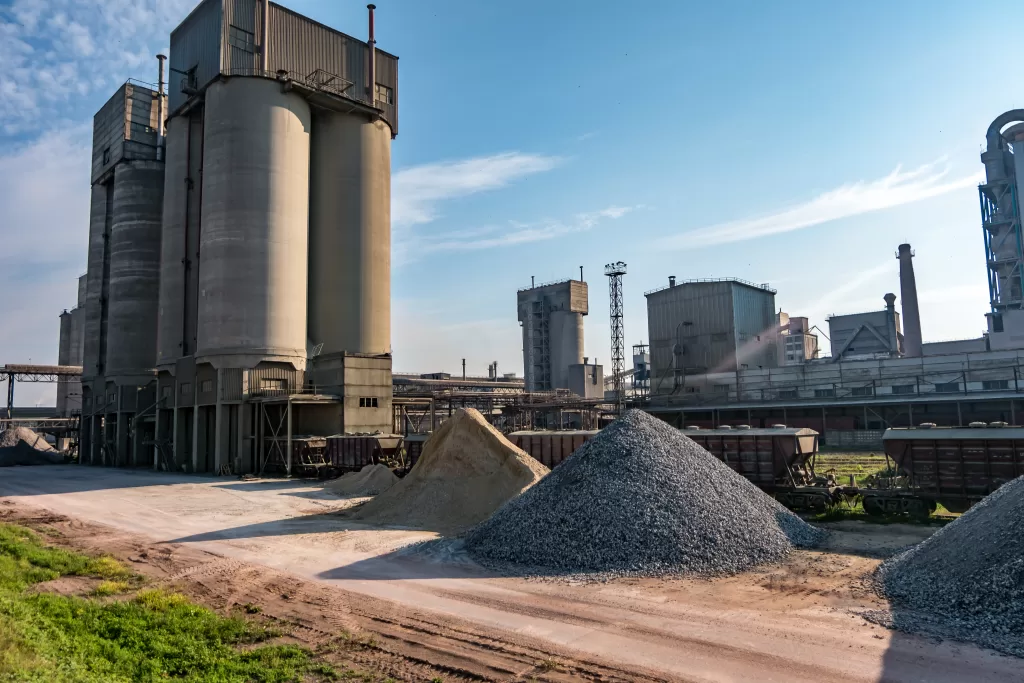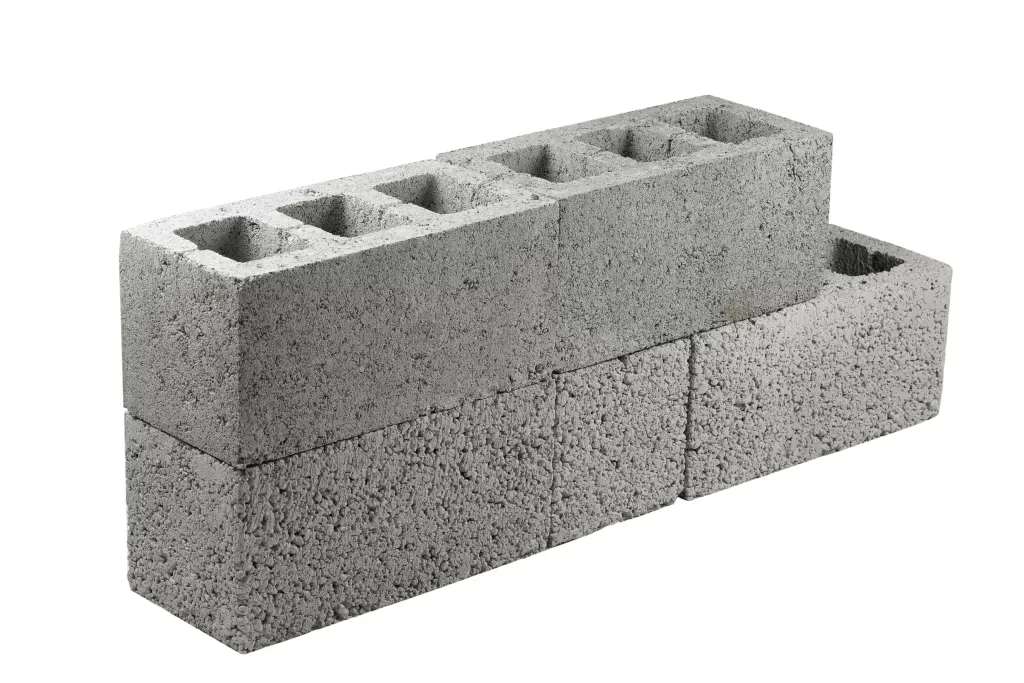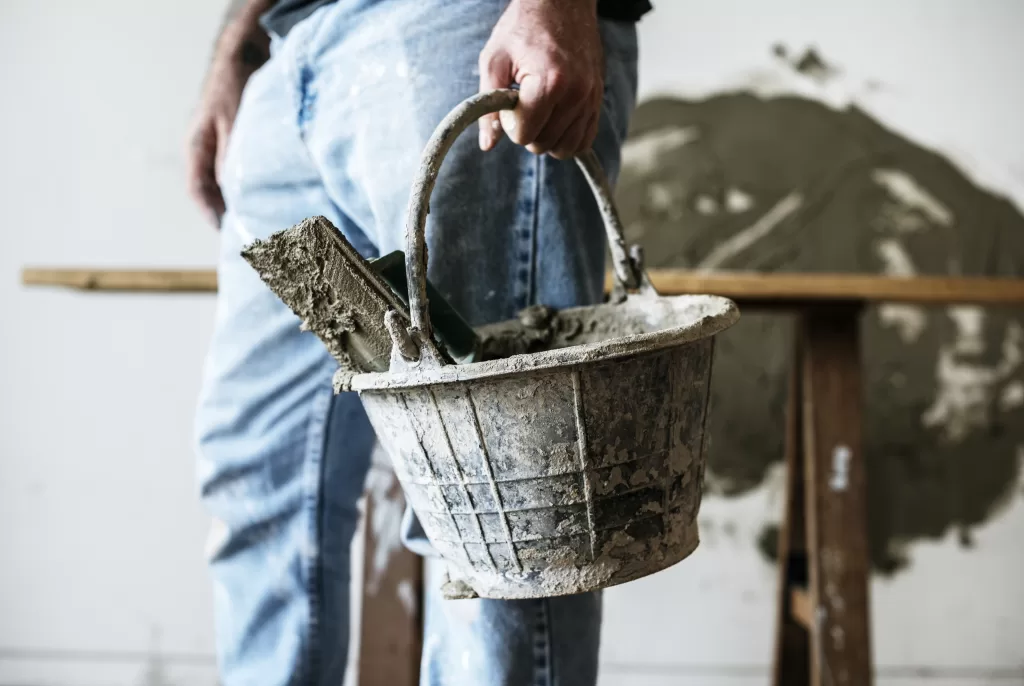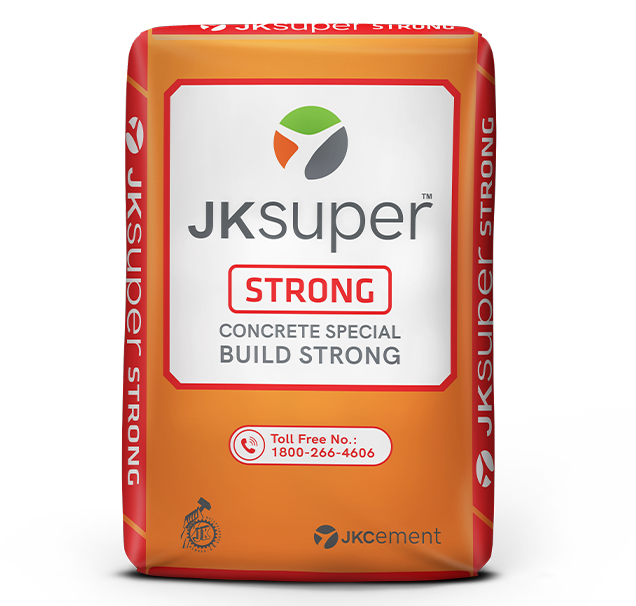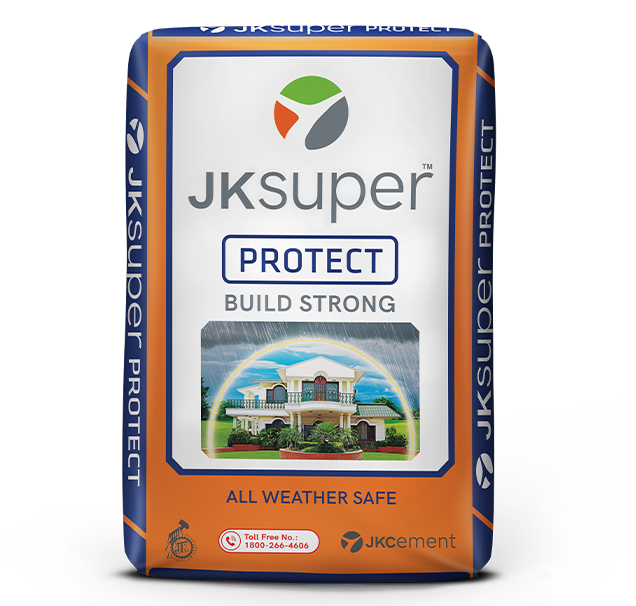When it comes to construction, different materials serve different purposes at different stages of construction. The initial stages typically involve building the structure, laying brick walls, etc. Later comes the plastering stage. Plastering is what gives your interior walls the final finish before it’s ready for painting. Here, you can get information about what plastering is, its types and understand why you cannot avoid plastering.
Plastering – Definition
Plastering is the process of applying plaster to internal walls. Plaster is a construction material that coats and protects the inside walls and ceilings. It is also used to decorate the walls as it can be formed into crown cornices, ceiling roses, corbels and other architectural mouldings. Plaster comes in a powdered form. You must add water to it before application.
Plaster can be of various types. Typically, you need multiple coatings of plaster to ensure maximum strength and durability to your walls.
Types of Plaster
Now that you know the meaning of plastering, let’s learn about the widely used plaster types depending on the binder used:
-
Gypsum Plaster
Also known as plaster of Paris (POP), gypsum plaster is a paste formed when you mix gypsum powder with water. Gypsum is a sulphate mineral composed of calcium sulphate dihydrate. The gypsum plaster paste may be improved with chemicals like retarders or hardeners. When applying gypsum plaster on walls, you must consider the right thickness to avoid peeling or cracking of the wall surface. Gypsum is lightweight, has a high tensile and flexural strength and low thermal conductivity.
-
Lime Plaster
Lime plaster is a mixture of lime, sand and water. In some cases, animal hair may be used to strengthen the plaster to prevent cracking or reduce shrinkage. Lime plaster sets when it comes in contact with air in the atmosphere. Lime plaster is a breathable material allowing air to pass through it. The tiny lime particles penetrate into tiny gaps to form a dense and tight bond. Lime plaster lends a unique finish to walls ideal for rustic style homes.
-
Cement Plaster
Cement plastering involves making a mixture of cement, sand and water. It helps achieve smooth interior surfaces. Various types of cement can be used to make cement plaster, including Ordinary Portland Cement (OPC), Portland Pozzolana Cement (PPC), etc. Cement plaster can have different finishes such as smooth cast, rough cast, sand-faced, textured, etc. It is important to note that an additional coating of gypsum plaster may be required over the cement plaster.
-
Clay Plaster
Clay plaster is a mixture of clay and sand that offers an ecofriendly alternative to conventional plaster. Its processing requires minimal time as clay is natural and does not have resins or acrylics. Clay plaster also creates breathable walls. It has a matt-like finish to provide a modern look to your home. Clay can effectively store excess moisture which results in a relatively improved indoor climate. Fibres can be added to increase the strength of the plaster.
-
Stucco Plaster
Stucco plaster is made up of lime, sand and water. Moder stucco plaster, however, is made with Portland cement. Plaster stucco is a form of ornamental plaster known for its superior finishing capabilities. Typically, you should apply three coats of such plaster for a total thickness of around 25 mm. Note that the previous coat must finish drying completely before you apply the next coat. The first layer of stucco plaster is referred to as the scratch coat.
How To Plaster
Before plastering, ensure that any cavities or holes in the surface are filled in advance. All joints and application surfaces must be cleaned with water and brush to remove any traces of oil or grease.
Plaster is applied in layers, with the number of layers dependent on the roughness of the surface you will be plastering. Exposed walls may require over three coats of plaster. In the case of drywalls, where the plaster takes the form of thick sheets, you may have to apply finishing plaster.
The dry plaster compound must be mixed with water to achieve a creamy consistency. This slurry can then be applied to walls and ceilings with a trowel. After the application of the first coat, you must allow it to dry. Ensure you scratch this coat. This should be followed by a second coat of plaster. Finally, you must apply a finishing layer to smoothen the wall for paint or wallpaper application.
Why Plastering Is Necessary
During construction, walls have exposed bricks and uneven surfaces. Plaster application helps smoothen the walls and prevent water damage.
Plaster is also a durable construction material. The exit of water when plaster is applied to walls forms a chemical reaction that makes the walls strong. Typically, plaster can withstand dents and impacts. The lath upon which plaster is to be laid can also impact the strength of plaster.
You can easily use plaster over bricks, stones or frame buildings. Plaster can also be moulded, cast, incised, dyed, stamped, or stenciled. Plastering ceilings can help add some decorative touches to your space.
Plaster also has the ability to absorb sound. The thicker the layer of plaster, the better the potential soundproofing. Additionally, plaster is also known for its fire-resistant properties.
Get long lasting walls with our range of superior plasters.
FAQs
How long does it take for plastering to dry before painting?
Generally, you can expect a duration of 3-5 days for plastering to dry out completely. However, the drying time of plaster can depend on the thickness of the plastering.
Can I speed up the process of drying plaster?
It is recommended that plaster should dry off naturally. However, you can use heating devices at the lowest setting. High heat can speed up the plaster’s drying process but doing so can lead to cracks.
What is skimming?
Skimming is defined as the process where you apply a thin coat of the existing plaster to a wall or ceiling. Skimming provides a smooth finish to your internal walls before applying paint or wallpaper.
What is the shelf-life of plaster?
Typically, plasters have a shelf-life of three months. However, if stored at the right conditions, the shelf-life of a sealed plaster bag can go up to six months.
What is the difference between plastering and rendering?
Plastering is the process of coating internal walls to achieve a smooth finish before painting. Rendering is the process of coating external walls to make them smooth. When it comes to rendering, sand, water, cement and lime are mixed together.
What is scratching in plastering?
When the first coat of plaster is drying, you must scratch this coat. These scratch lines help improve the bonding of the next coat.
*Disclaimer: The information provided above is for general purpose and should not be used as a substitute for professional advice.

